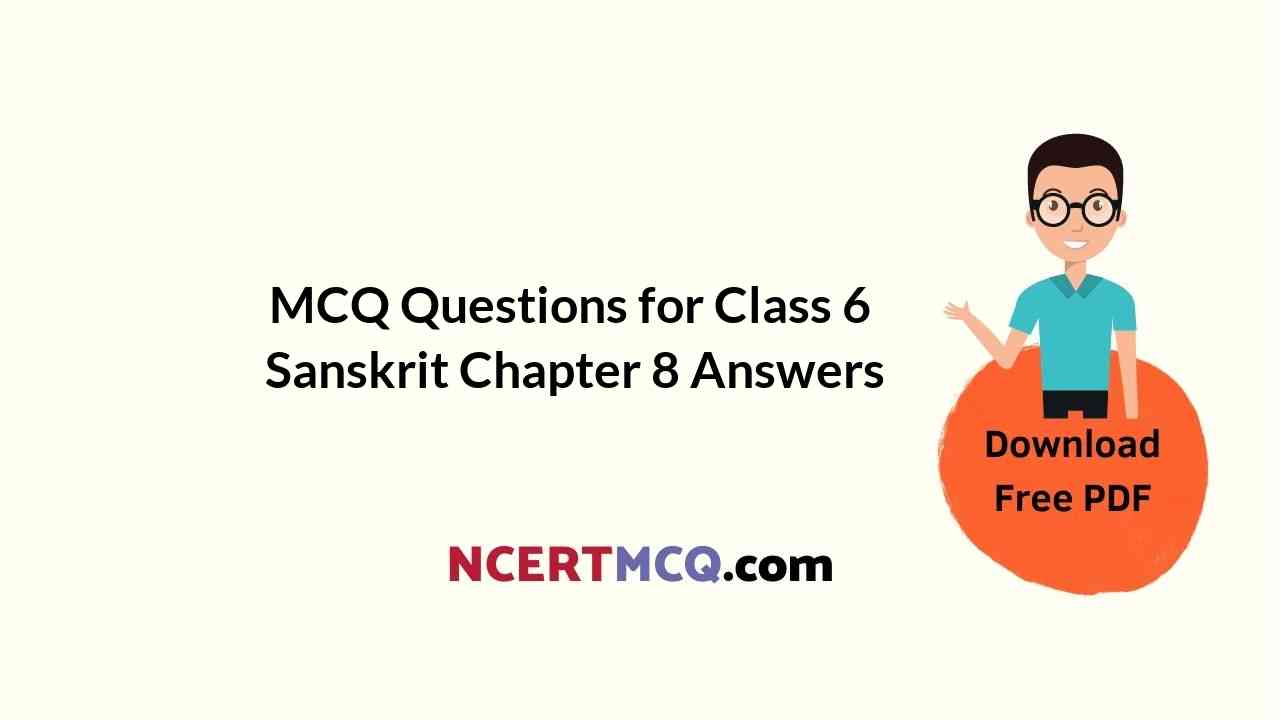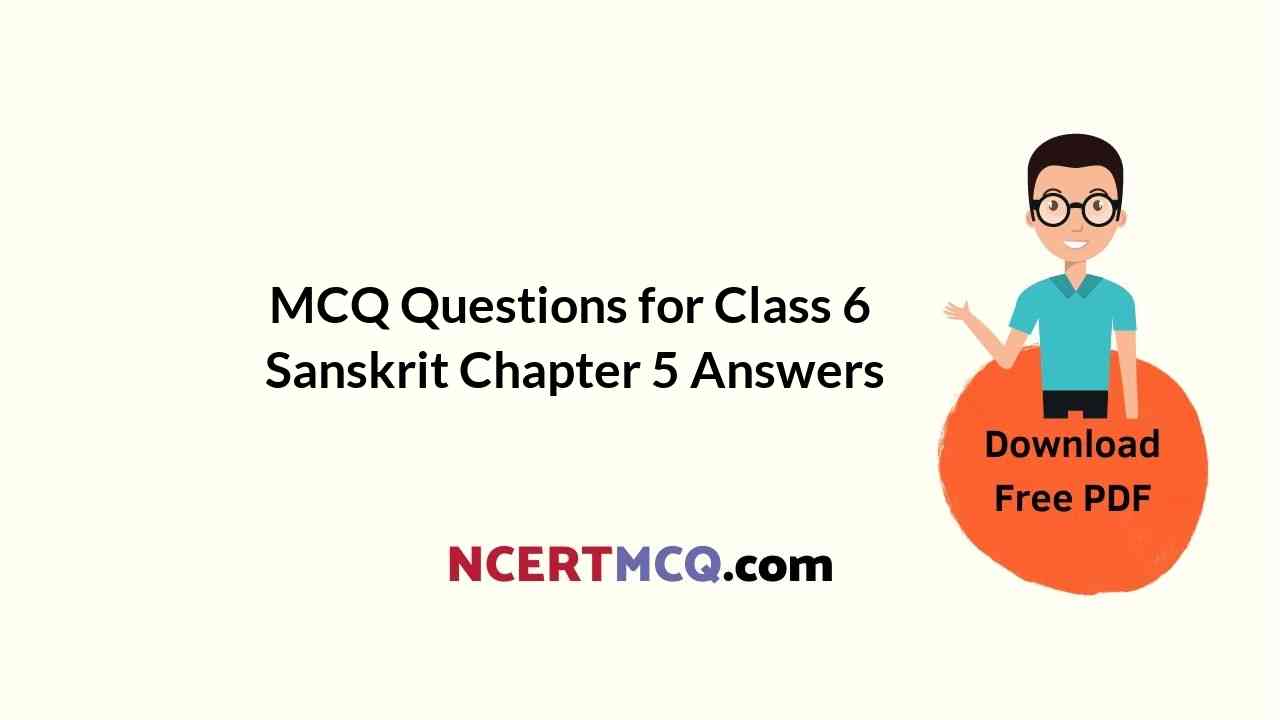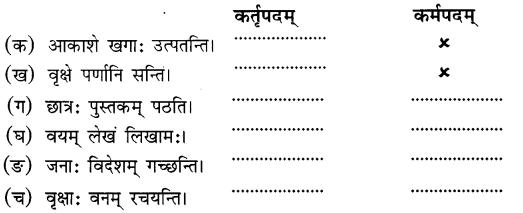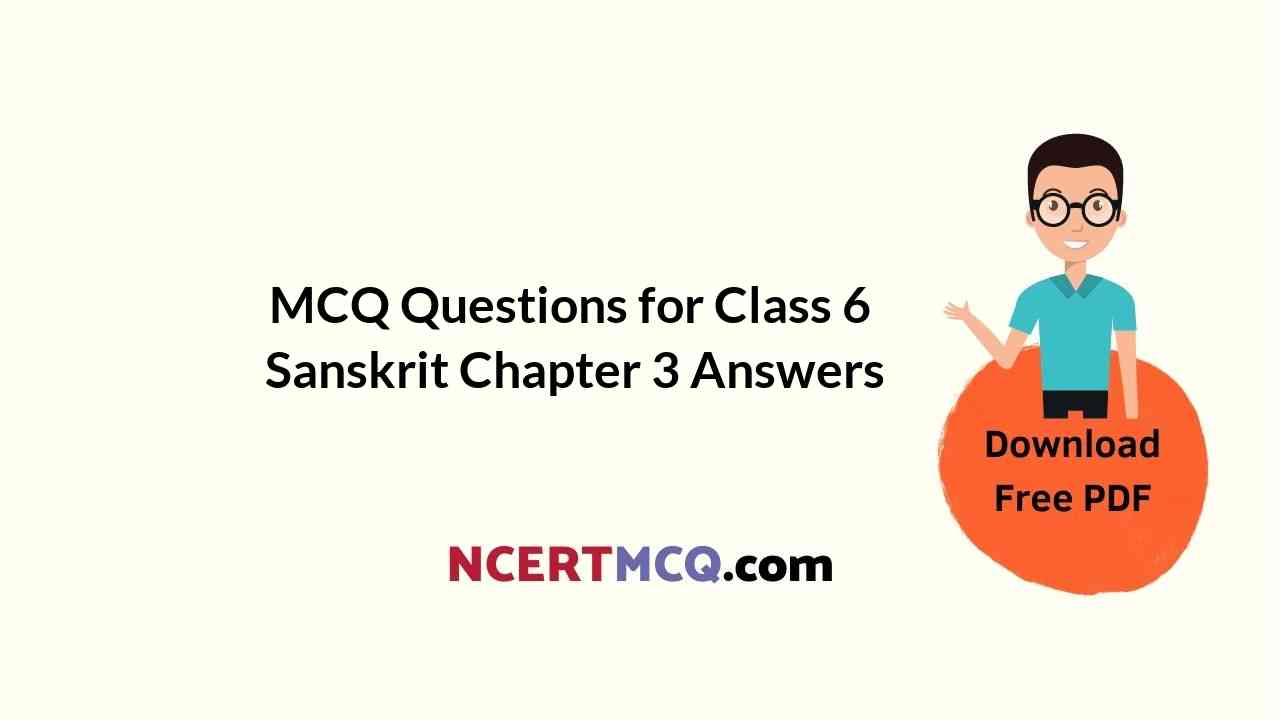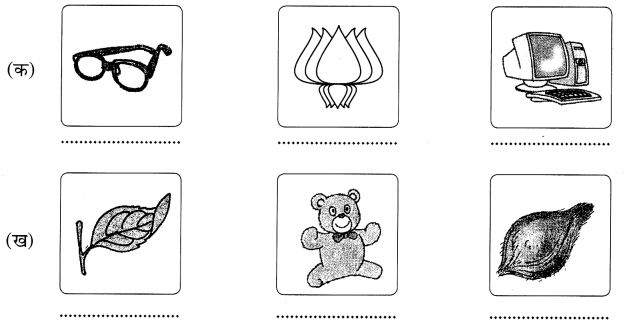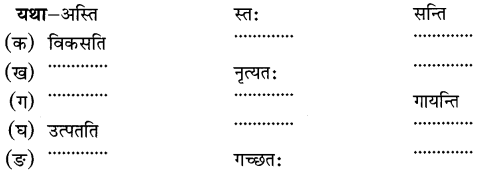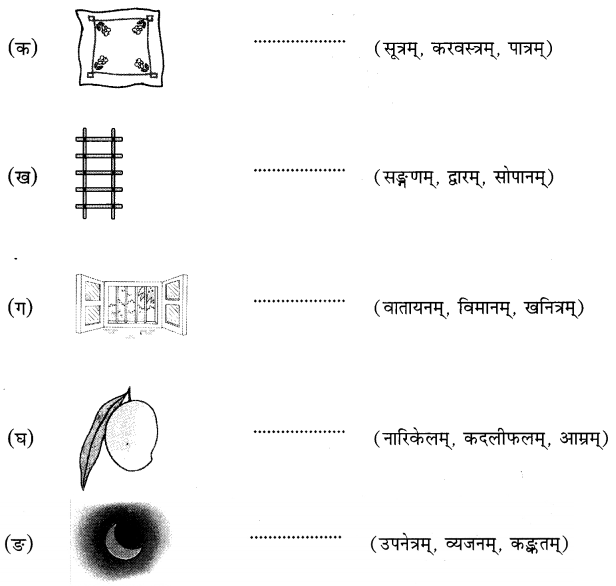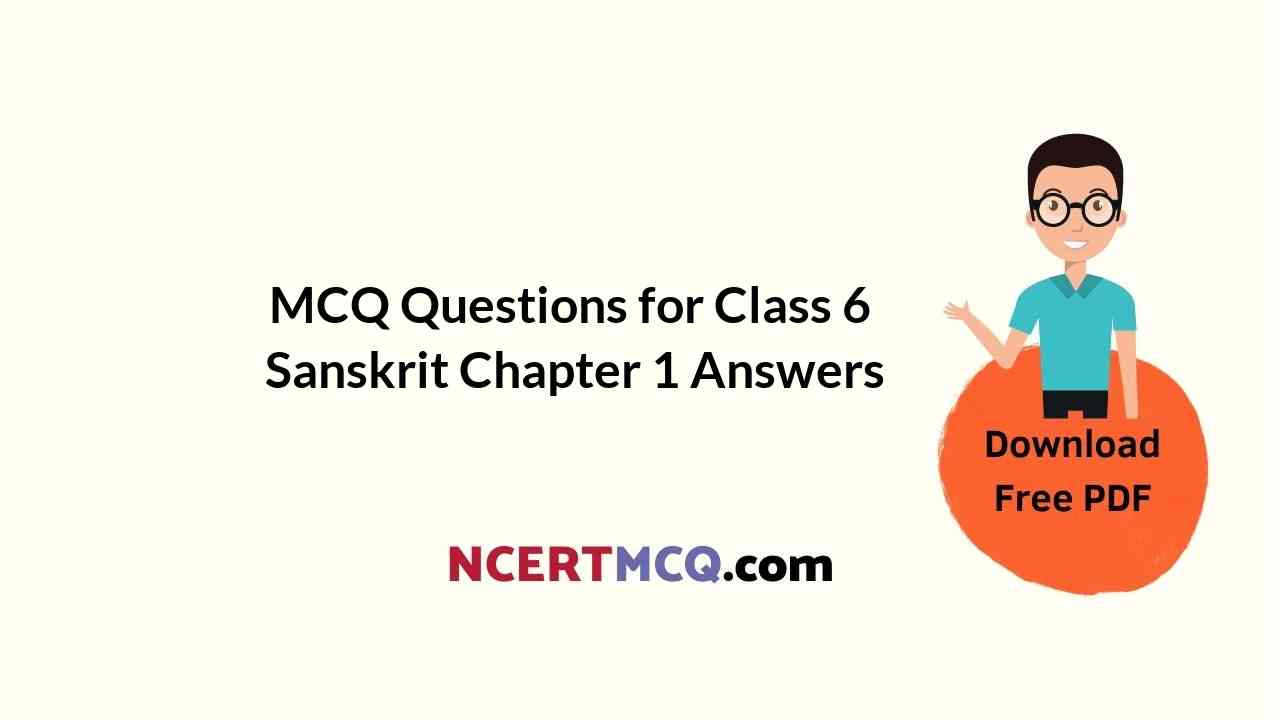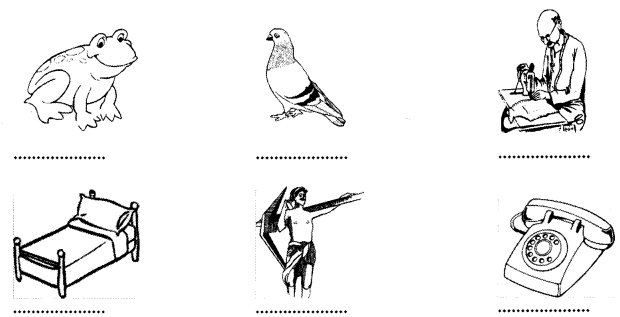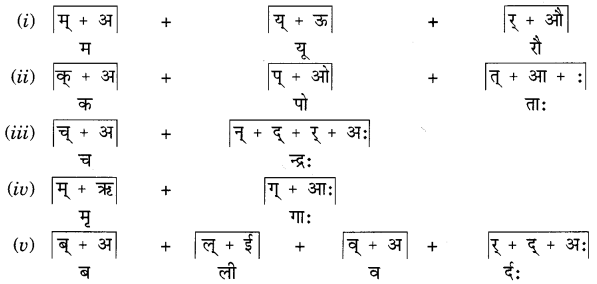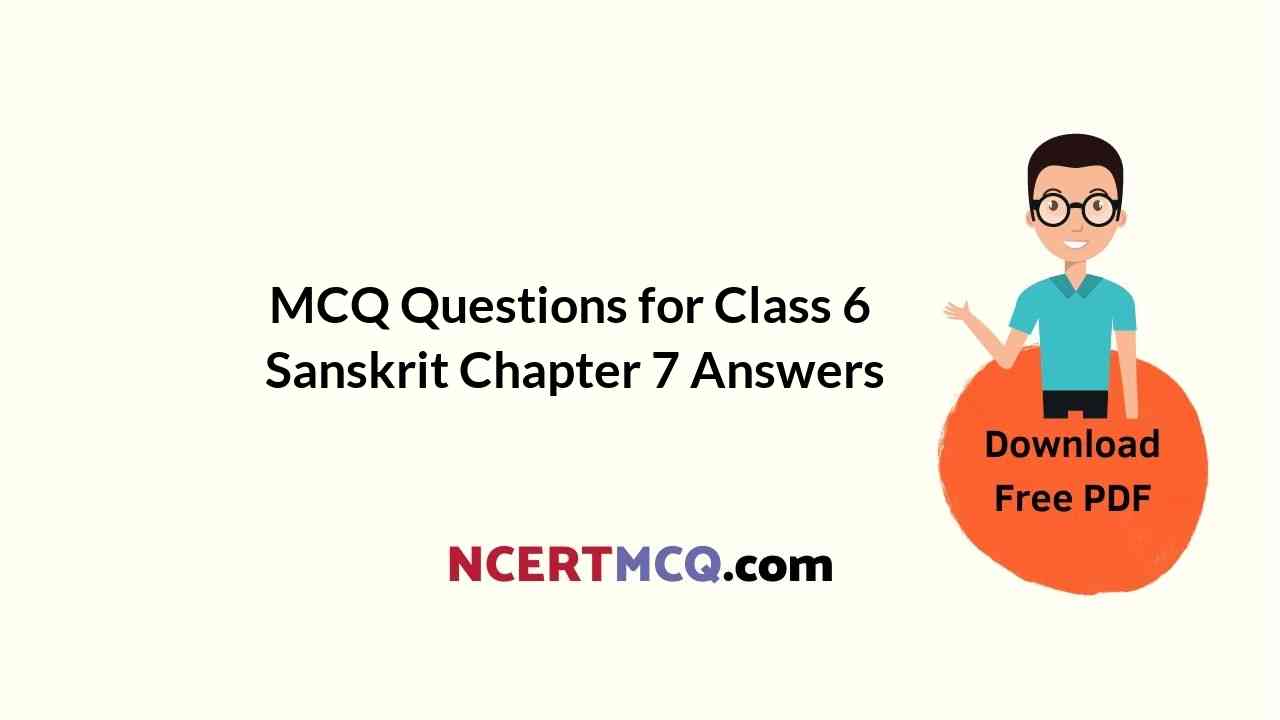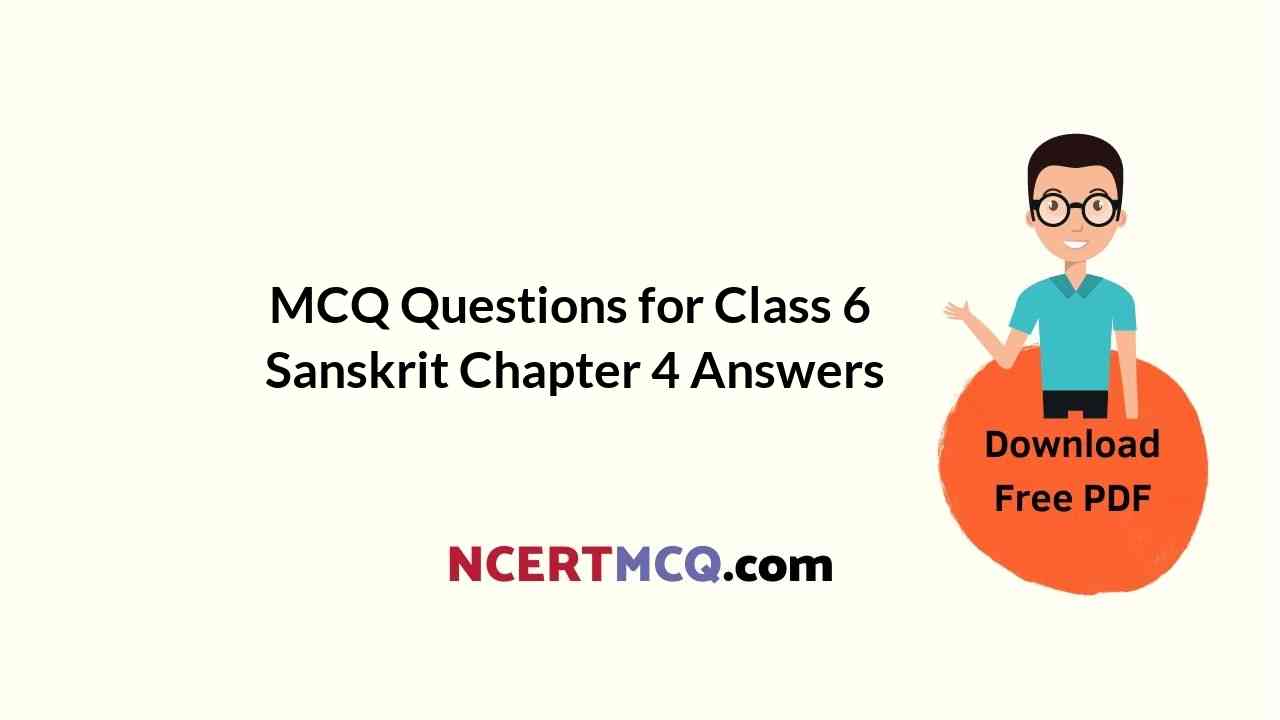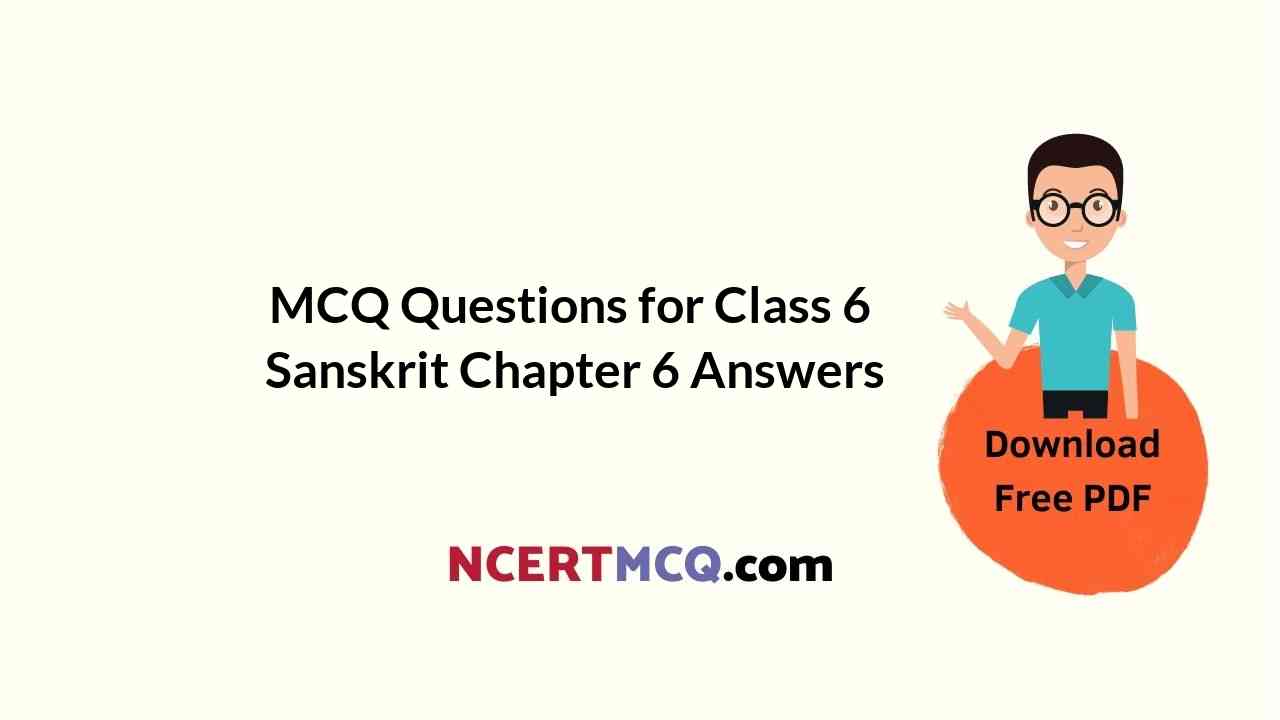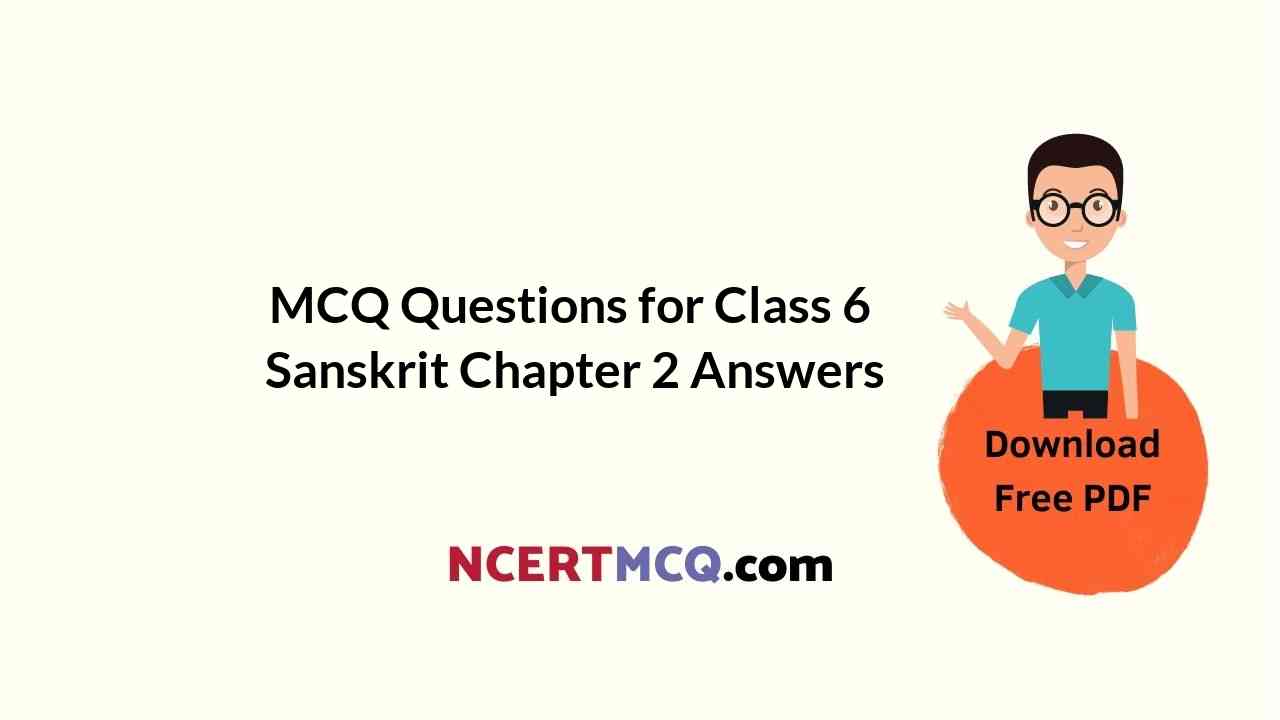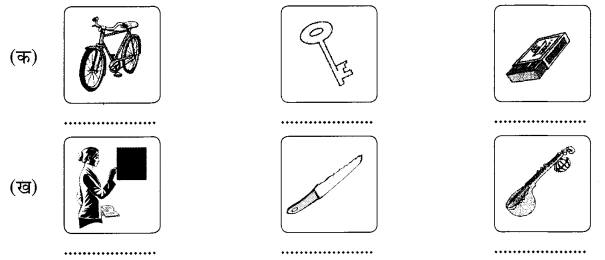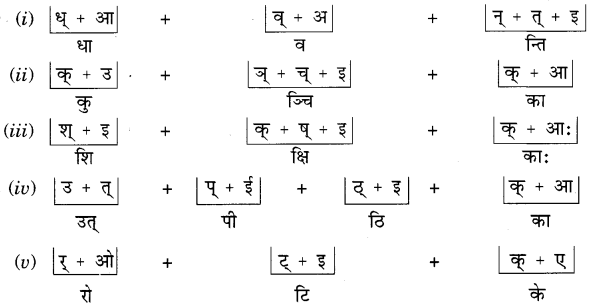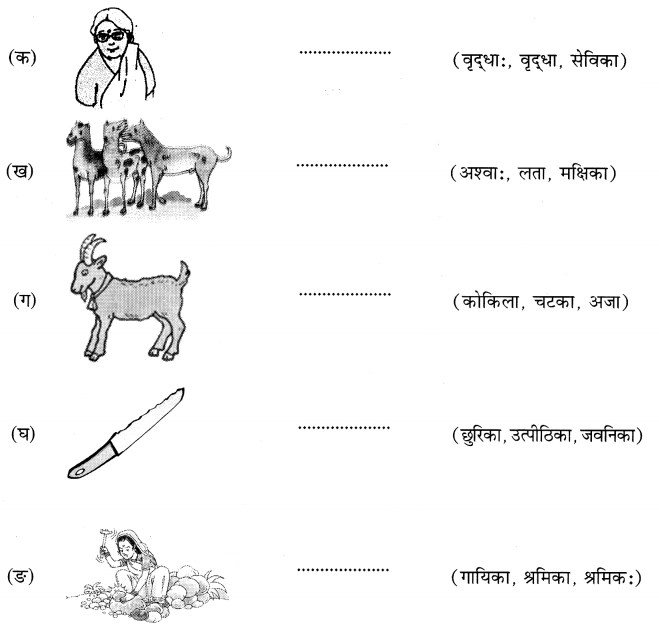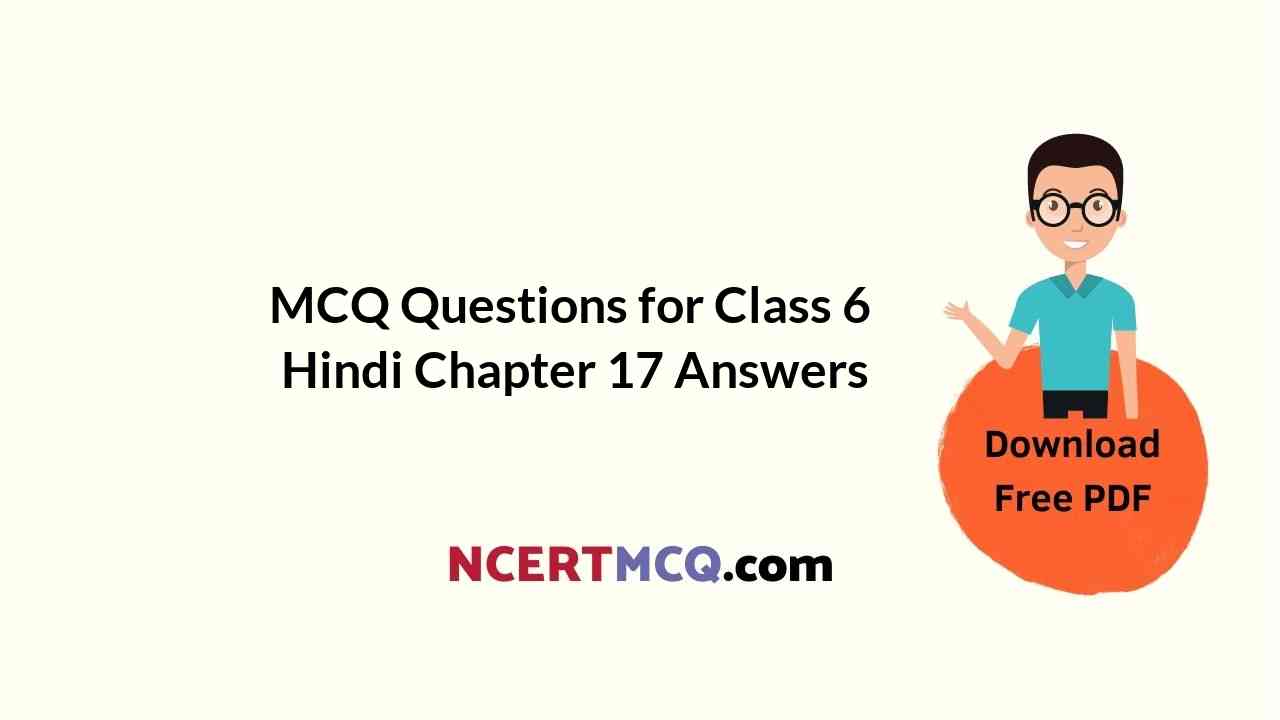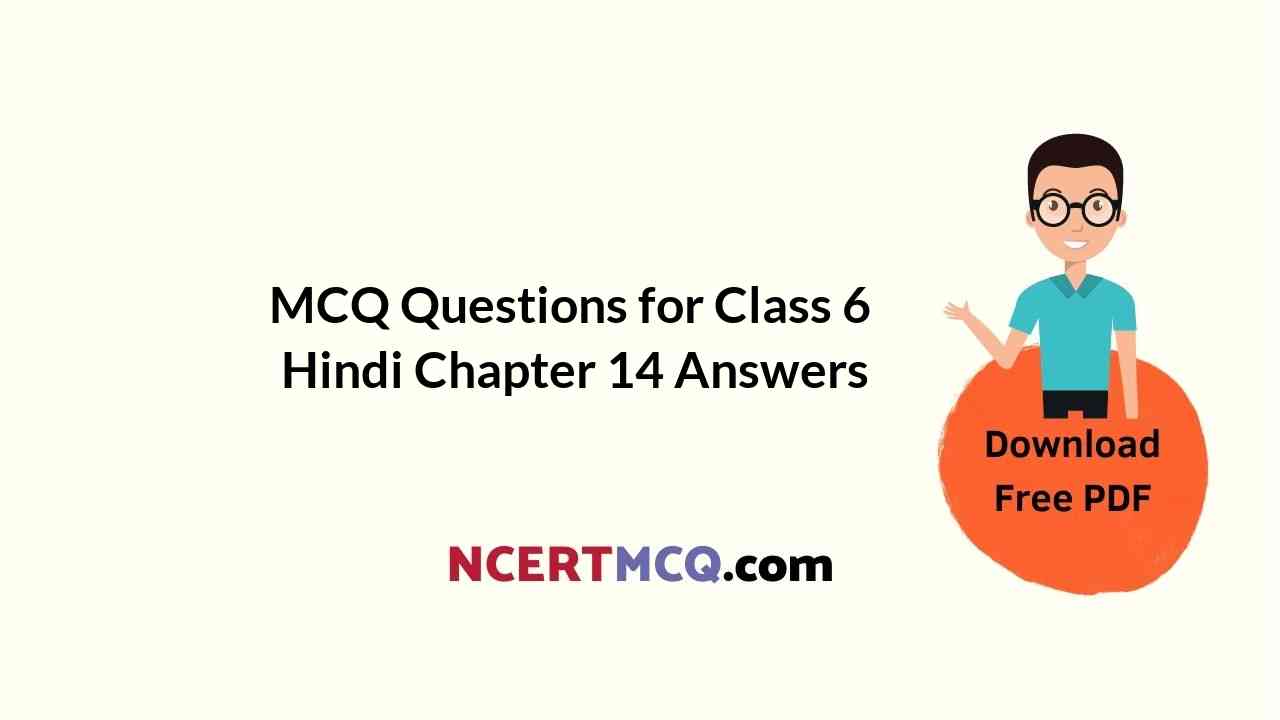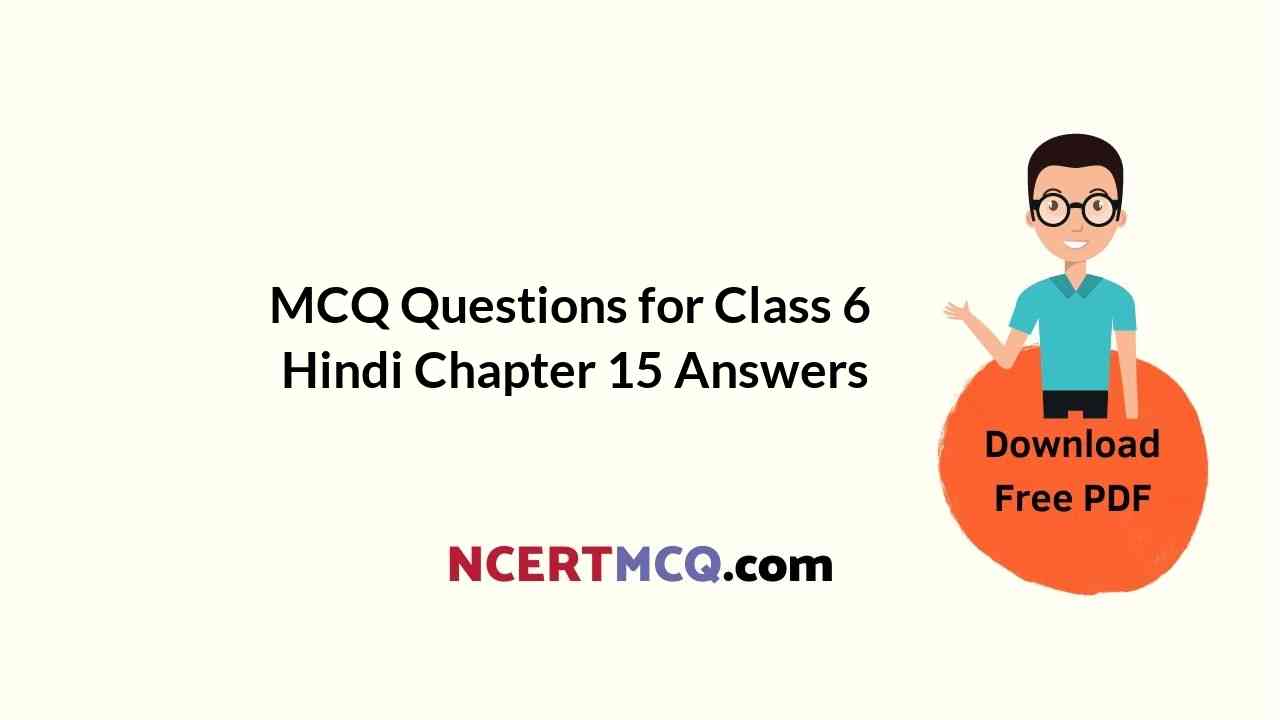Check the below NCERT MCQ Questions for Class 6 Sanskrit Chapter 8 बकस्य प्रतिकारः with Answers Pdf free download. MCQ Questions for Class 6 Sanskrit with Answers were prepared based on the latest exam pattern. We have provided सूक्तिस्तबकः Class 6 Sanskrit MCQs Questions with Answers to help students understand the concept very well.
Students can also read NCERT Solutions for Class 6 Sanskrit Chapter 8 Questions and Answers at LearnInsta. Here all questions are solved with a detailed explanation, It will help to score more marks in your examinations.
मञ्जूषातः उचितं पर्यायम् चित्वा लिखत। (मञ्जूषा से उचित पर्यायवाची चुनकर रिक्त स्थान पूर्ति कीजिए।
Pick out the appropriate synonyms and fill in the blanks.
मधुरवचनेन; प्रसन्नाः भवन्ति; ग्रंथः; अतः; मधुरम्; याति।
(क) गच्छति – ………………
(ख) तुष्यन्ति – ……………….
(ग) पुस्तकम् – ……………….
(घ) प्रियम् – ………………
(ङ) तस्मात् – ……………….
(च) प्रियवाक्यप्रदानेन – ……………….
Answer
Answer:
(क) याति
(ख) प्रसन्नाः भवन्ति
(ग) ग्रंथः
(घ) मधुरम्
(ङ) अतः
(च) मधुरवचनेन।
मञ्जूषात् उचितं पदं चित्वा श्लोकांशान् पूरयत। (मञ्जूषा से उचित पद चुनकर श्लोकांशों की पूर्ति कीजिए।)
Pick out the correct option and fill in the blanks.
वसन्तसमय, सिध्यन्ति, जीवने, पिपीलकः, प्रियम्।
(क) गच्छन् …………… याति योजनानां शतान्यपि।
(ख) उद्यमेन हि कार्याणि ……………।
(ग) तस्मात् …………… हि वक्तव्यम्।
(घ) …………….. प्राप्ते काकः काकः पिकः पिकः।
(ङ) किं भवेत् तेन पाठेन ……………. यो न सार्थकः।
Answer
Answer:
(क) पिपीलकः
(ख) सिध्यन्ति
(ग) प्रियम्
(घ) वसन्तसमये
(ङ) जीवने।
शुद्धकथनस्य समक्षम् ‘आम्’ अशुद्धकथनस्य समक्षम् ‘न’ इति लिखत। (शुद्ध कथन के सामने ‘आम्’ तथा अशुद्ध कथन के सामने ‘न’ लिखिए।)
Write down ‘yes’ opposite to right statement and write ‘no’ opposite to wrong statement.)
(क) वसन्तसमये काकः न भवति।
(ख) पिककाकयोः भेदः न अस्ति।
(ग) वैनतेयः अगच्छन् अपि योजनानां शतानि गच्छति।
(घ) पुस्तके पठितः पाठः जीवने सार्थकः न भवेत्।
(ङ) सर्वदा प्रियं वक्तव्यम्।
Answer
Answer:
(क) न
(ख) न
(ग) न
(घ) न
(ङ) आम्।
अधोदत्तं श्लोकं पठत प्रश्नान् च उत्तरत। (निम्नलिखित श्लोक पढ़िए और प्रश्नों के उत्तर दीजिए।)
Read the verse given below and answer the questions.
प्रियवाक्यप्रदानेन सर्वे तुष्यन्ति मानवाः।
तस्मात् प्रियं हि वक्तव्यं वचने का दरिद्रता।
Question 1.
के तुष्यन्ति?
Answer
Answer: मानवाः
Question 2.
तस्मात् किं वक्तव्यम्?
Answer
Answer: मधुरम् प्रियं
Question 3.
सर्वे केन तुष्यन्ति?
Answer
Answer: सर्वे मधुर-वचनेन तुष्यन्ति।
Question 4.
प्रियवाक्यप्रदानेन सर्वे तुष्यन्ति मानवा:- अत्र कः कर्ता? (प्रियवाक्यप्रदानेन, सर्वे, मानवाः)
Answer
Answer: मानवाः
Question 5.
‘मानवाः तुष्यन्ति’-वाक्यम् एकवचने परिवर्तयत।
Answer
Answer: मानवः तुष्यति
Question 6.
‘अप्रियम्’ इति शब्दस्य किं विलोमपदम् अत्र प्रयुक्तम्?
Answer
Answer: प्रियं
Question 7.
‘प्रदानेन’ इति पदे का विभक्ति?
Answer
Answer: तृतीया
श्लोकांशान् परस्परं मेलयत। (निम्नलिखित श्लोकों का उचित मिलान कीजिए।)
Match the following verses.
(क) न हि सुप्तस्य सिंहस्य – पदमेकं न गच्छति।
(ख) तस्मात् प्रियं हि वक्तव्यं – काकः काकः पिक: पिकः।
(ग) अगच्छन् वैनतेयोऽपि – प्रविशन्ति मुखे मृगाः।
(घ) वसन्तसमये प्राप्ते – वचने का दरिद्रता।
Answer
Answer:
(क) न हि सुप्तस्य सिंहस्य – प्रविशन्ति मुखे मृगाः
(ख) तस्मात् प्रियं हि वक्तव्यम् – वचने का दरिद्रता।
(ग) अगच्छन् वैनतेयोऽपि – पदमेकं न गच्छति।
(घ) वसन्तसमये प्राप्ते – काकः काकः पिक: पिकः।
उचित-विकल्पेन रिक्तस्थानानि पूरयत। (उचित विकल्प द्वारा रिक्त स्थान पूर्ति कीजिए।
Fill in the blanks with the correct option.
(क) …………….. का दरिद्रता। (जीवने, वचने, पुस्तके)
(ख) पुस्तके पठितः पाठः जीवने नैव ……………. । (साधितः, सार्थकः, पिपीलक:)
(ग) अगच्छन् ………………….. अपि पदमेकं न गच्छति। (पिपीलकः, वैनतेयः मानवः)
(घ) तस्मात् …………….. हि वक्तव्यम्। (युक्तम्, उक्तम्, प्रियम्)
(ङ) प्रियवाक्यप्रदानेन सर्वे …………….. मानवाः। (गच्छन्ति, वसन्ति, तुष्यन्ति)
Answer
Answer:
(क) वचने
(ख) साधितः
(ग) वैनतेयः
(घ) प्रियम्
(ङ) तुष्यन्ति
We hope the given NCERT MCQ Questions for Class 6 Sanskrit Chapter 8 सूक्तिस्तबकः with Answers Pdf free download will help you. If you have any queries regarding CBSE Class 6 Sanskrit सूक्तिस्तबकः MCQs Multiple Choice Questions with Answers, drop a comment below and we will get back to you soon.
